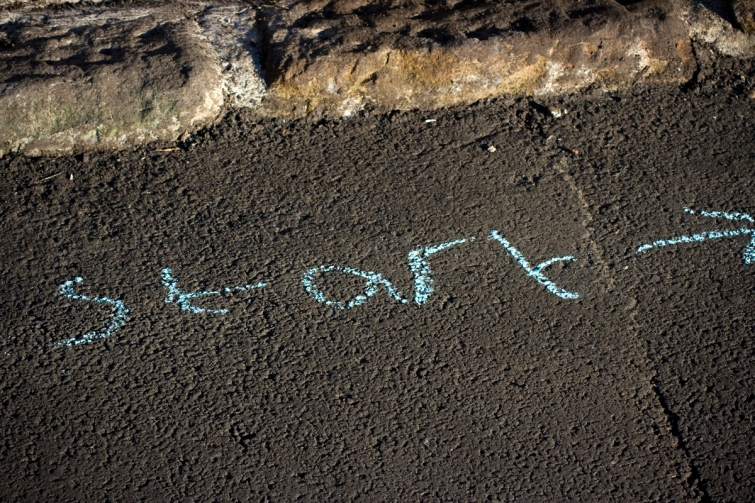I used to be the king of credit. Credit card used to be my best friend. A slightly expensive friend to hang out with though. I used to feed it 1000s of rupees in interest every year and it used to be happy.
I can’t say it didn’t help. It helped me fund two honeymoons and to an extent, a wedding. It helped me survive in a business where cash flow was very unpredictable.
The banks were happy with me and they offered me EMIs after EMIs and I took them all.
Till one day I discovered something.
Part of the discovery came when I started using YNAB, a software which tracks and helps you manage your finances. They had a simple idea. Anticipate your regular expenses and save for them.
It was quite simple. For eg: I knew that every year, I had to pay the insurance for my car. It was unavoidable and would come at the same time every year. It came to about 12000 every year.
Earlier, I would have simply swiped my card and paid it off in three or six EMIs. But now, with this new idea, I went on a different path.
I started a recurring deposit. I started an RD of Rs. 1000 per month as soon as I paid off my first insurance. In 12 months, by the time the next insurance premium came knocking, I had more money than necessary. I had almost Rs. 12580 including the RD interest I had accrued over the year. Add to this the interest of at least Rs. 1000 I would have paid on my credit card EMI, I have easily saved a good Rs. 1500.
All it took was a little bit of planning ahead.
I have become an RD zen now. Here are some of the RDs I have opened in the last two years.
- A pregnancy RD: I just became a dad. (Just 2 days before this post), and this RD has helped me build a nice little saving for the post-delivery expenses.
- Car maintenance: Rs. 1000/- per month for 12 months – Rs 12580 on maturity
- Vacation fund: Rs. 5000/- per month for 12 months – Rs. 62902 on maturity (I can travel almost anywhere reasonable with that amount, and all it takes is Rs.5000/- per month)
- Gifting fund for anniversaries and birthdays.
You can be an RD zen too. Here’s how.
Start with a list. Make a list of all expenses you know that will come at fixed times – insurance premiums, annual gym membership, annual vacations etc. Look at how much you need each month to achieve the goal. Start an RD for that amount. Place a standing instruction. That will make it easier for you to keep depositing.
And yes, they are super easy to start. Just log in to your banks site and create an RD in less than five minutes.
This might look like too simplistic an idea, but I guarantee. Try it once and you will see how simpler your financial life becomes.
So, what are you waiting for?
Go ahead, start an RD now. Or two, or even three.
Happy RDying.





